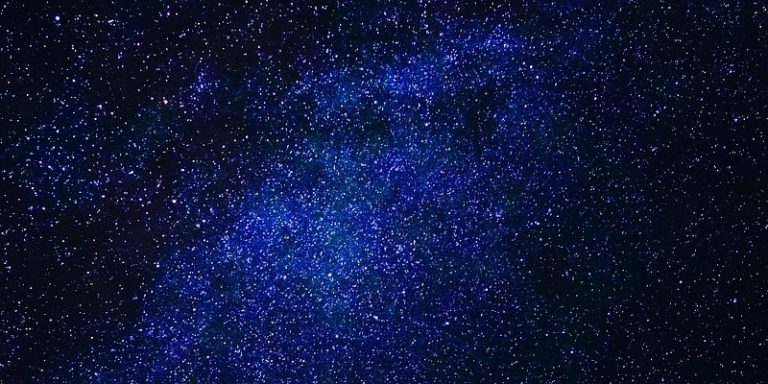
In the framework of a project led by the Berkley Lab and in which the CEA is a partner, a 3D map of the Universe will be drawn up. This research will help us to learn more about the acceleration of the expansion of the Universe, for which dark energy is the main cause. Thanks to the Desi telescope, equipped with 5,000 eyes, researchers will be able, from Arizona, to collect and analyse the spectra of millions of galaxies over a period of five years in order to measure their distance from the Earth and understand the mystery of dark energy.
The drastic choice of 35 million galaxies
Before the Desi telescope could begin its observations, it had to be prepared as part of the survey validation. Christophe Yèche, pilot of the survey validation, explains its purpose:
“It consisted in selecting the 35 million galaxies whose light Desi will have to capture to generate spectra and to ensure that the scientific objectives can be met.”
To select 35 million relevant galaxies, the researchers first made a 2D map of the Universe. More than two billion galaxies were mapped and catalogued. Thanks to artificial intelligence, they were able to identify four types of objects whose light was emitted at different times in the Universe, which is now 13.7 billion years old:
- Quasars up to 12 billion years old.
- Young blue galaxies, existing for 10 billion years
- Red galaxies formed 8 billion years ago
- Bright galaxies less than 4 billion years old.
After this identification phase, it was necessary to position 5,000 optical fibers in each of the cells that comprise Desi’s plane: these are its eyes. A fibre has a line of sight of about ten galaxies, whereas it should only target one at a time. To cope with this, in each cell, microactuators are controlled by an algorithm that places them correctly to the nearest micron.
An observation lasts twenty minutes, which corresponds to the necessary exposure time due to the weak radiation of the galaxies. After this first sentence, in two minutes, the spectra are generated, the telescope is oriented towards another region of the sky and the 5,000 fibres are repositioned. Previously, this took about an hour.
Observing, processing and analysing the spectra using deep learning
For four months, on-site and remote researchers took turns monitoring the observations on nights when the weather was favorable. Presentation of 300,000 galaxies were analyzed and their spectra were generated. Thanks to this process, the research team was able to guarantee the performance of the instrument and deduced that the selection strategy for celestial objects was very promising.
Each of the spectra has been visually inspected and must be validated by two researchers. As stated in a press release, since “there will be millions to be carried out, the CEA team has validated deep learning algorithms on 30,000 spectra collected during the validation survey, of which it has a great deal of expertise for particle physics purposes.
The project has been officially launched and the 600 collaborators of the mission will take turns for 5 years to verify that Desi observes the 35 million selected galaxies, some of which will be targeted several times during different nights in order to generate accurate spectra.
Translated from Le CEA et le Berkley Lab lancent le télescope Desi avec pour objectif de dresser une carte 3D de l’Univers









